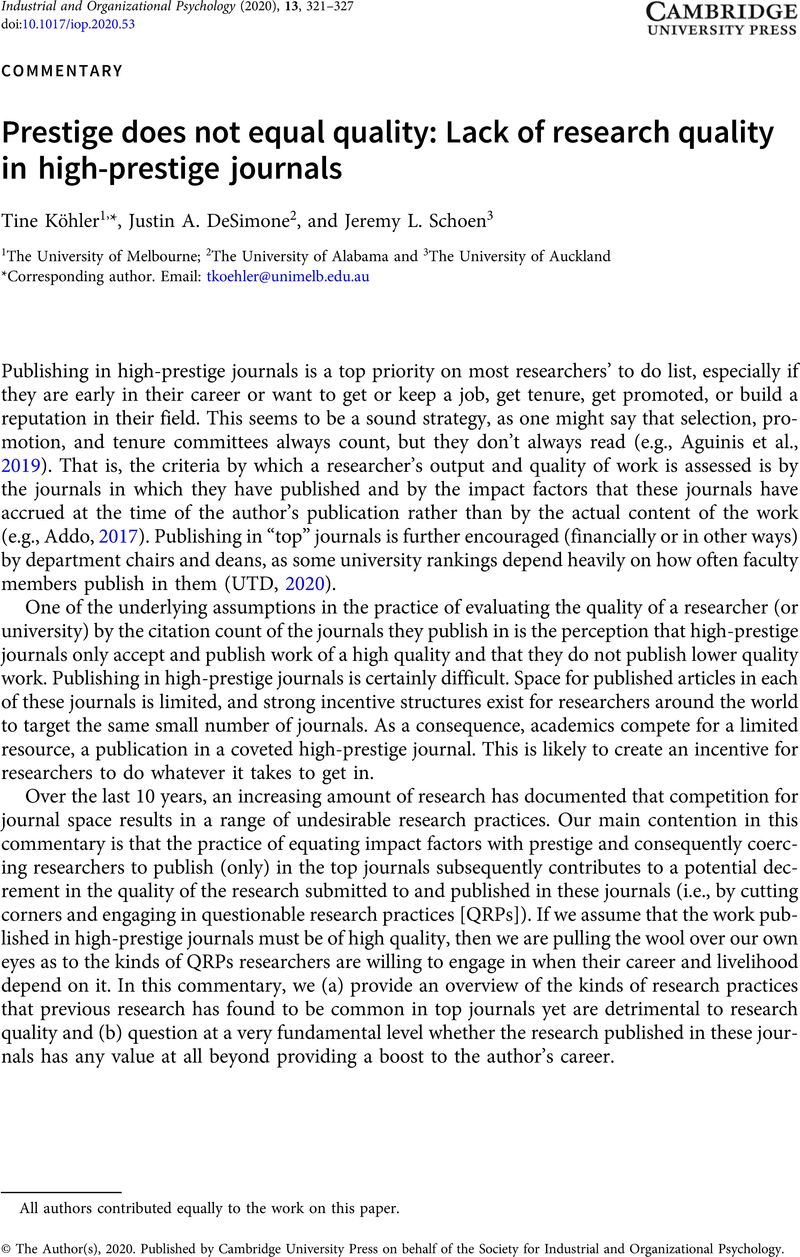Crossref Citations
This article has been cited by the following publications. This list is generated based on data provided by Crossref.
Bruton, Garry D.
and
Chen, Juanyi
2022.
Bringing entrepreneurship and family business fully into a home in management departments.
Journal of Family Business Strategy,
Vol. 13,
Issue. 1,
p.
100483.
Brinkerink, Jasper
2023.
When Shooting for the Stars Becomes Aiming for Asterisks: P-Hacking in Family Business Research.
Entrepreneurship Theory and Practice,
Vol. 47,
Issue. 2,
p.
304.





